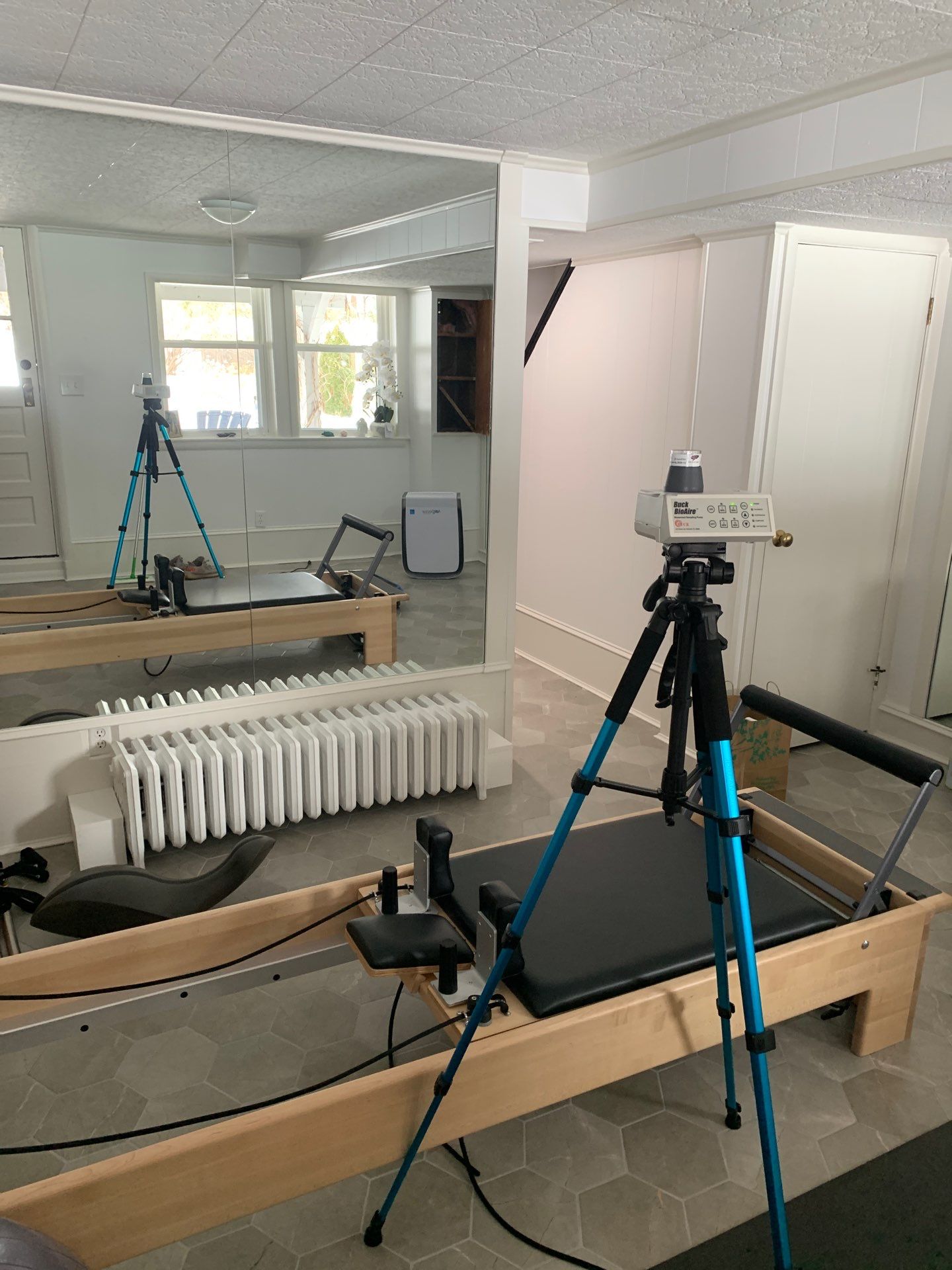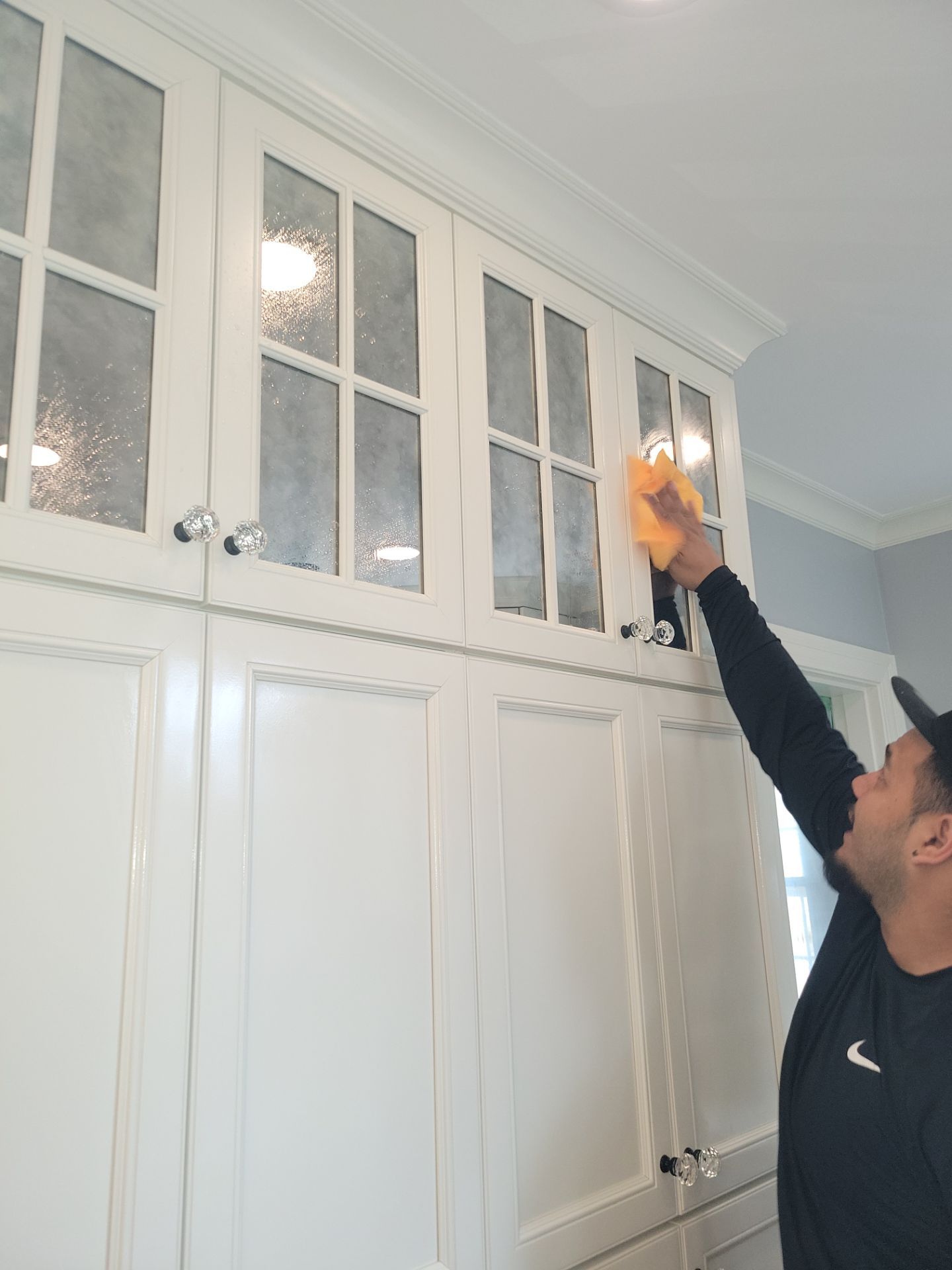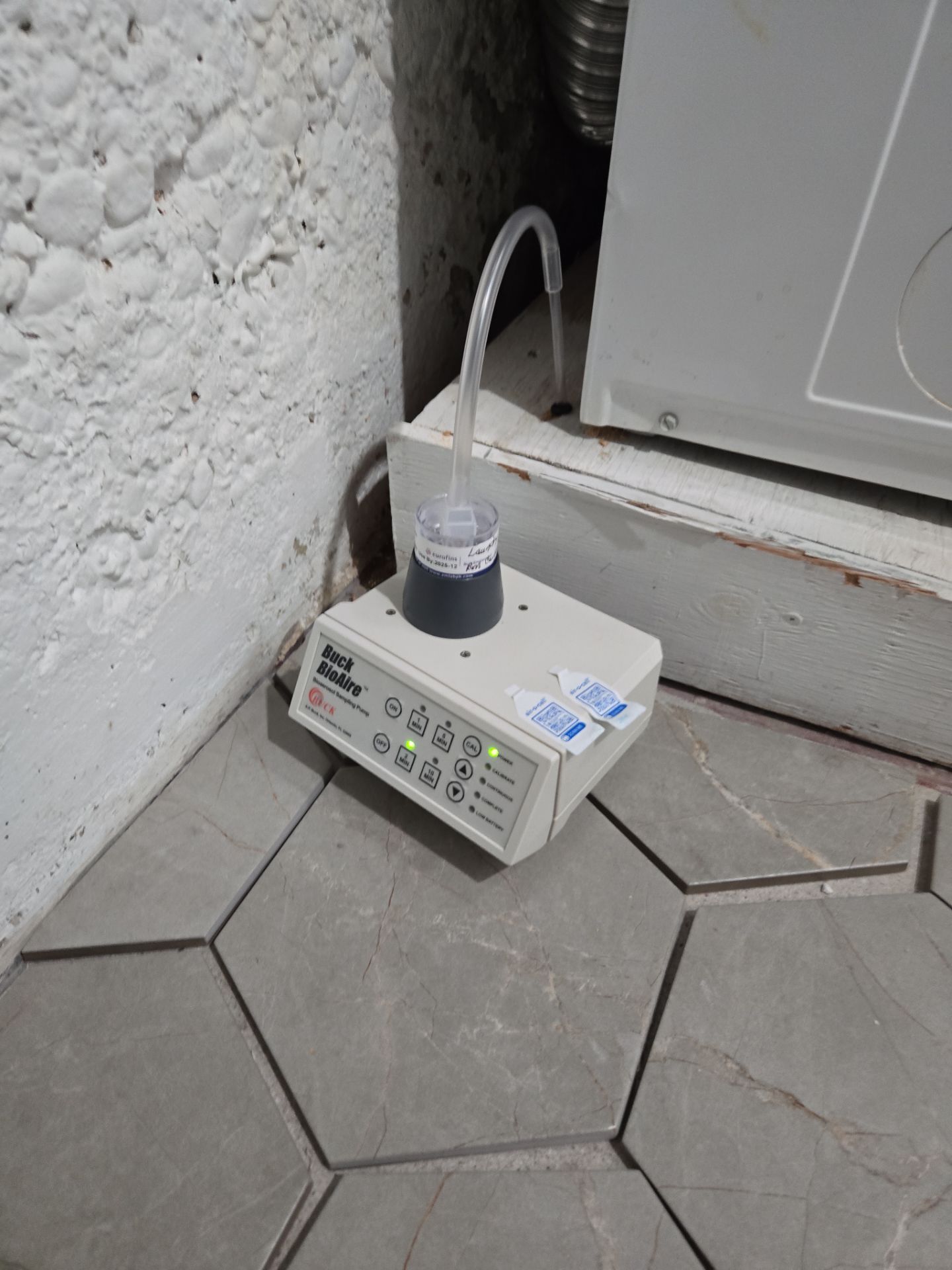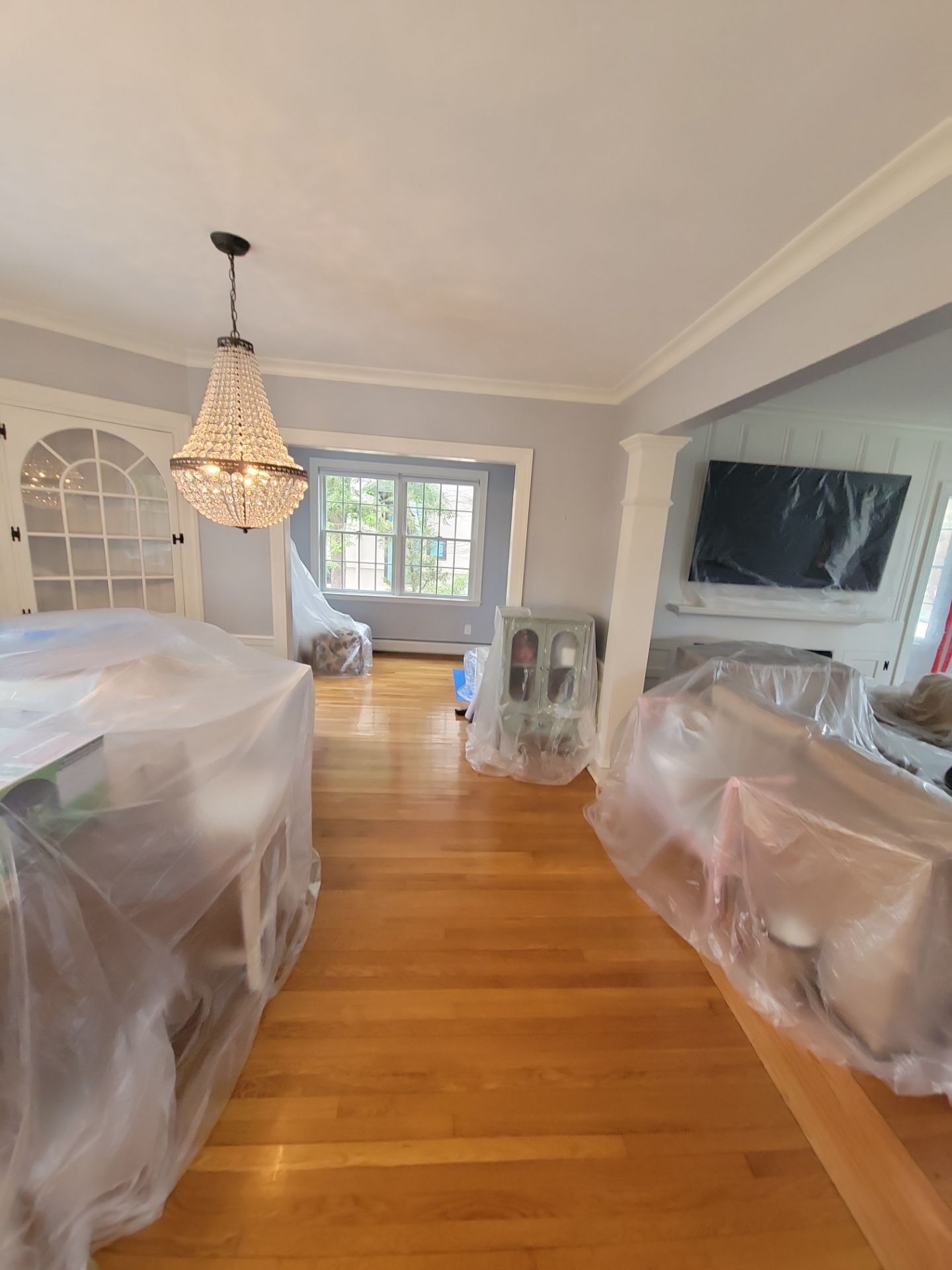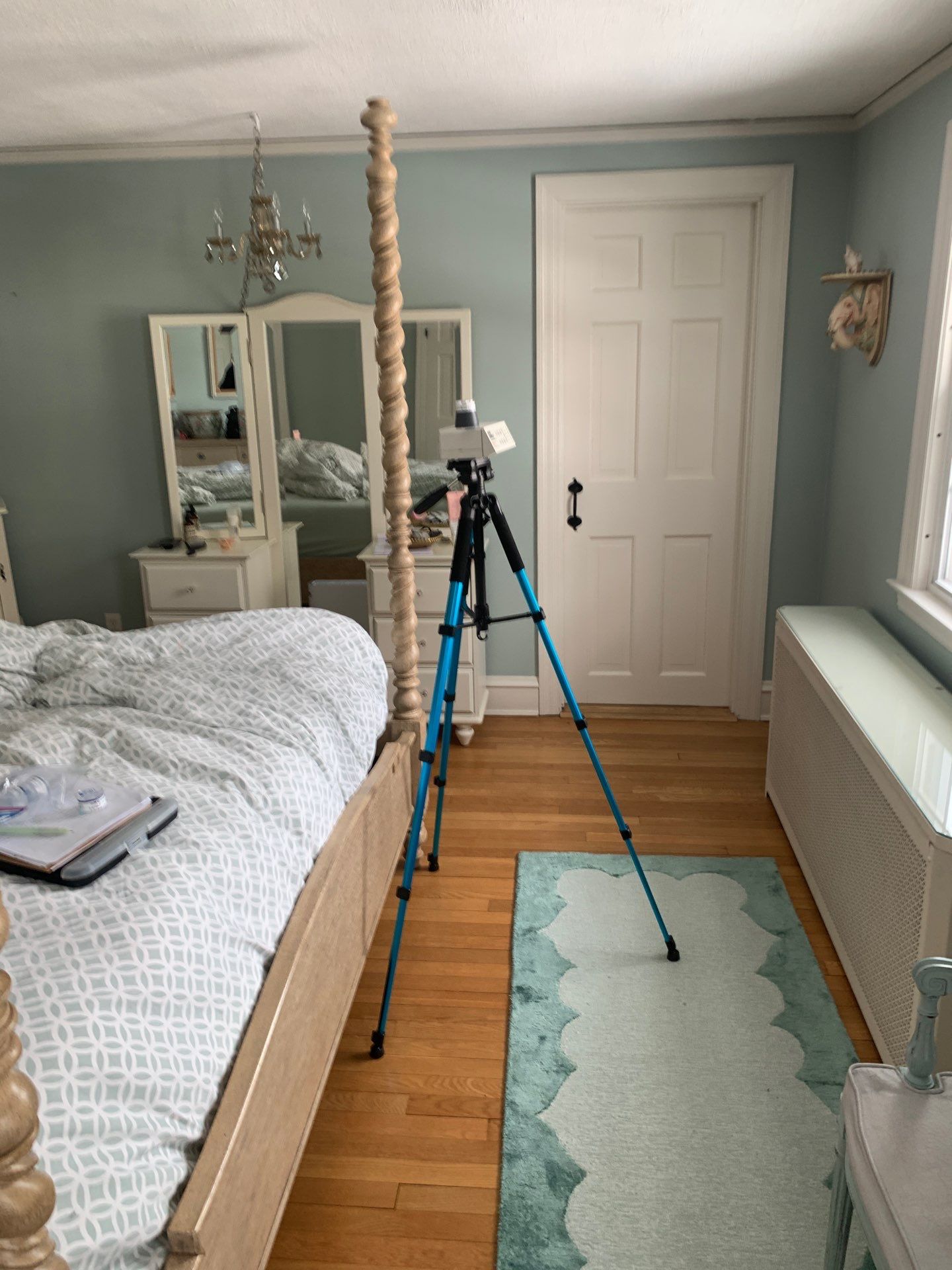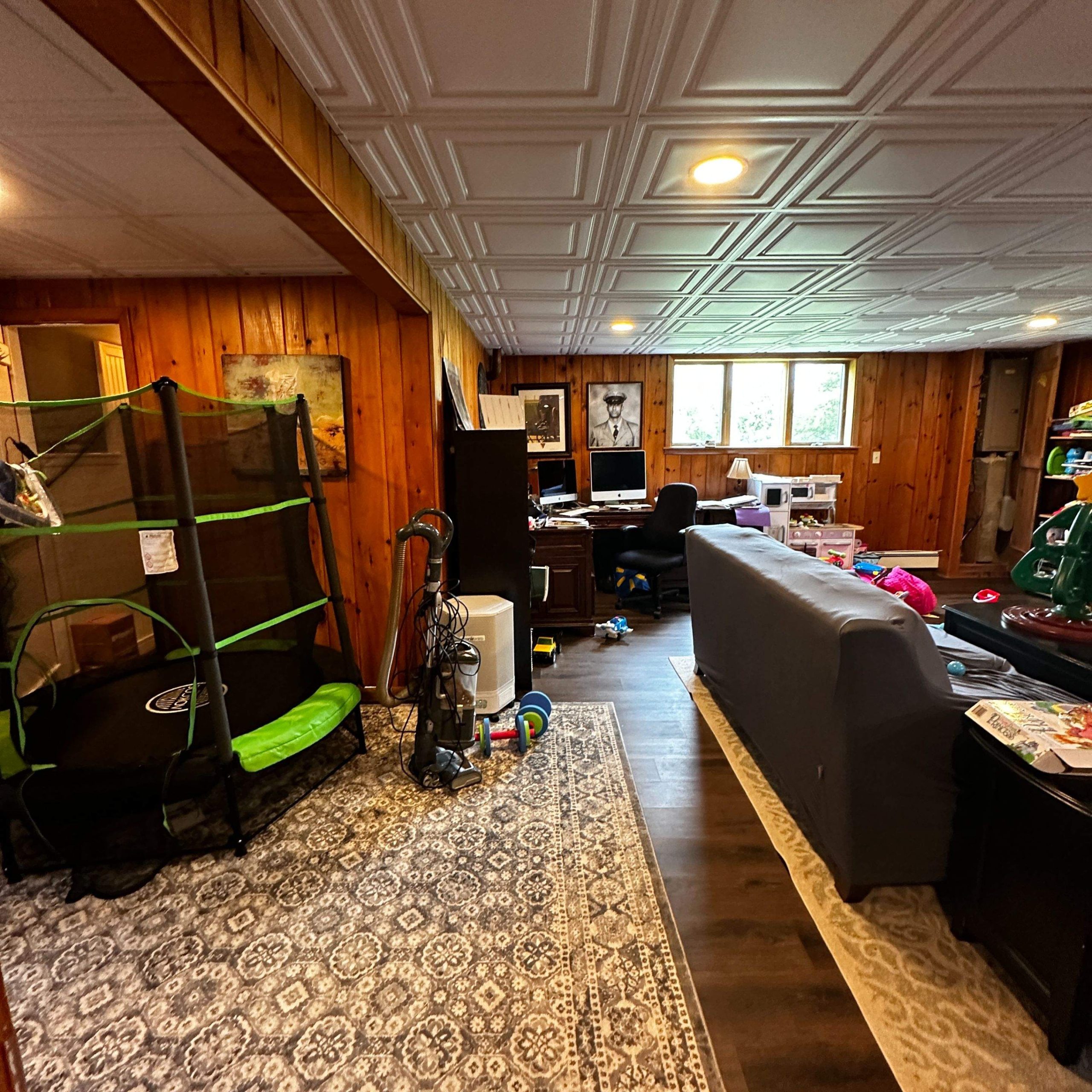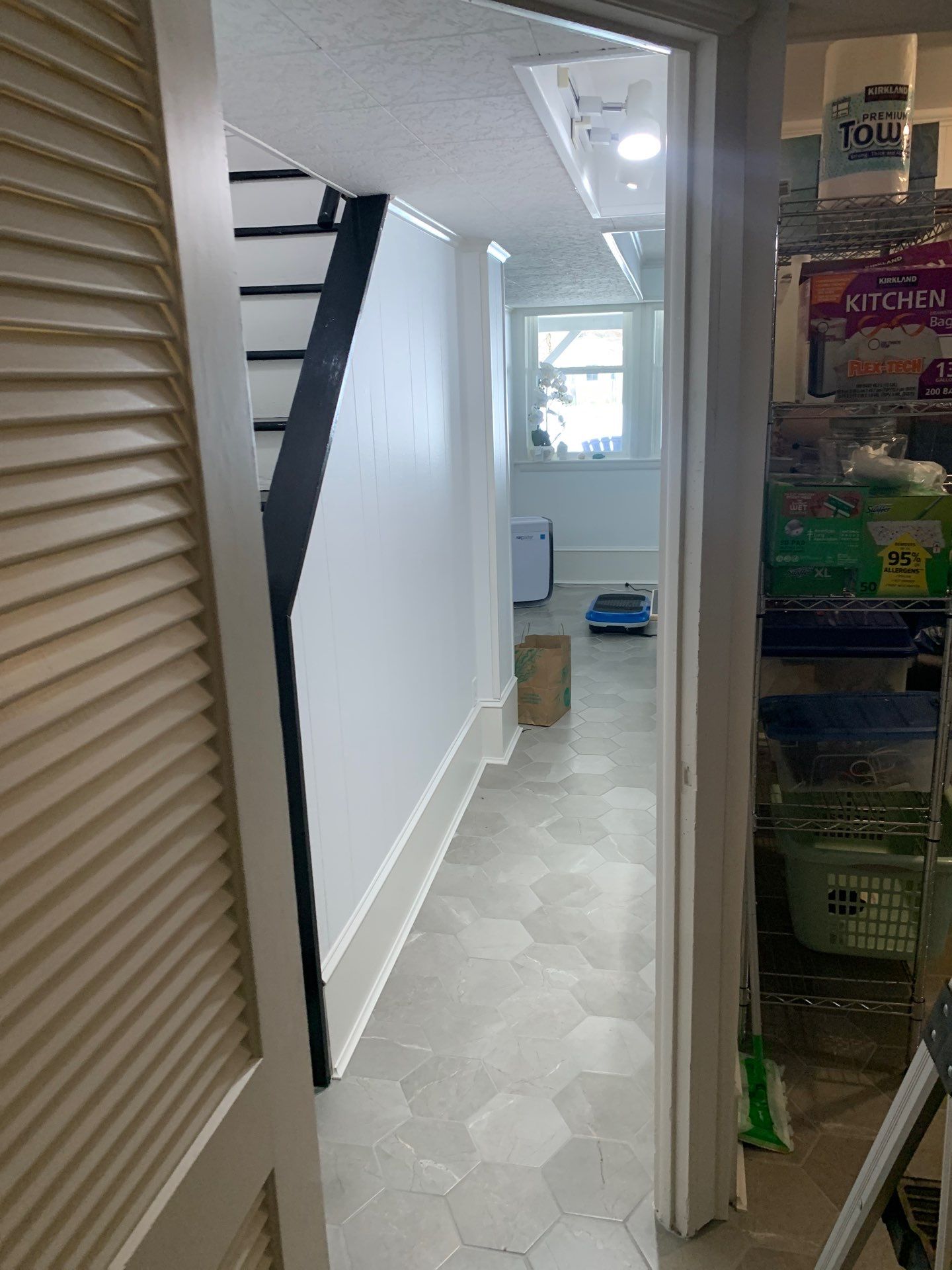Expert Mold Removal Services in Sea Bright
If you are concerned about mold issues in your home or business in Sea Bright, you are not alone. Many property owners experience health symptoms or notice warning signs before realizing how serious mold problems can become.
Why Homeowners Suspect Mold or Poor Indoor Air Quality
Several common issues alert Sea Bright residents to possible mold growth or compromised indoor air quality, including:
• Persistent musty odors that do not go away • Water stains on walls, ceilings, or floors • Recent flooding or moisture issues • Visible black, green, or white spots on surfaces • Allergy-like symptoms that improve when leaving the home • Unexplained respiratory problems or skin irritations
Mold can remain hidden behind walls, under floors, or inside HVAC systems, making professional evaluation critical.
Popular Testing Methods for Mold and Indoor Air Quality
Determining if mold is present involves specialized testing services. Common methods include:
• Air sampling to detect mold spores in the breathable environment • Surface sampling to analyze specific areas of concern • Bulk sampling of materials suspected to harbor mold • Moisture mapping and infrared inspections to find hidden leaks
These diagnostic tools help pinpoint the source of contamination and guide the proper remediation plan.
Health Consequences of Untreated Mold Exposure
Ignoring mold issues can result in a wide range of health problems, particularly for sensitive individuals. Some potential health effects include:
• Worsening asthma or breathing difficulties • Chronic sinus infections or coughing • Eye irritation, headaches, and fatigue • Skin rashes and allergic reactions • Compromised immune system response over time
Children, the elderly, and those with pre-existing health conditions are especially vulnerable to the harmful effects of mold exposure.
How Mold Remediation is Performed When Mold is Found
If mold is detected in your Sea Bright property, Nash Everett provides a thorough and proven approach to remediation:
• Identify the full extent of the mold contamination • Isolate affected areas to prevent cross-contamination • Safely remove contaminated materials following strict protocols • Use HEPA filtration systems to clean the air and surfaces • Apply antimicrobial treatments to discourage future growth • Verify remediation success through clearance testing if needed
The goal is to restore a safe, healthy indoor environment while minimizing disruption to your life.
Why Choose Nash Everett for Mold Removal in Sea Bright
Nash Everett is fully trained, licensed, insured, and certified to handle mold issues professionally and compassionately. Our services are designed to fit your unique situation, respecting your property, time, and budget.
We offer:
• Mold Services • Indoor Air Quality Testing Companies • Mold and Toxic Material Testing
With extensive experience serving New Jersey homeowners and businesses, Nash Everett listens to every home’s story and provides tailored solutions you can trust.
For expert assistance in Sea Bright, contact Nash Everett today at +1 732-508-9197.


